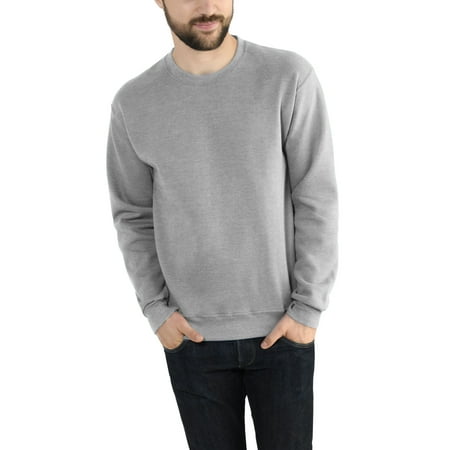Fruit of the Loom Men’s and Big Men’s Eversoft Fleece Crew Sweatshirt, up to Size 4XL
This Fruit of the Loom fleece sweatshirt is designed with EverSoft ring spun cotton for premium softness wash after wash. And, with performance features, this sweatshirt will take you through the day with great comfort.





Fruit of the Loom Men’s and Big Men’s Eversoft Fleece Crew Sweatshirt:Ribbed crewneck, cuffs and waistbandDouble-needle stitching on the neck and hems for added durabilityShoulder-to-shoulder neck tape for comfort and durabilityEverSoft ring spun cotton provides premium softness wash after washWicking & odor protectionStyle # 11000X60% Cotton/40% PolyesterMachine washableImported





Reviews
There are no reviews yet.